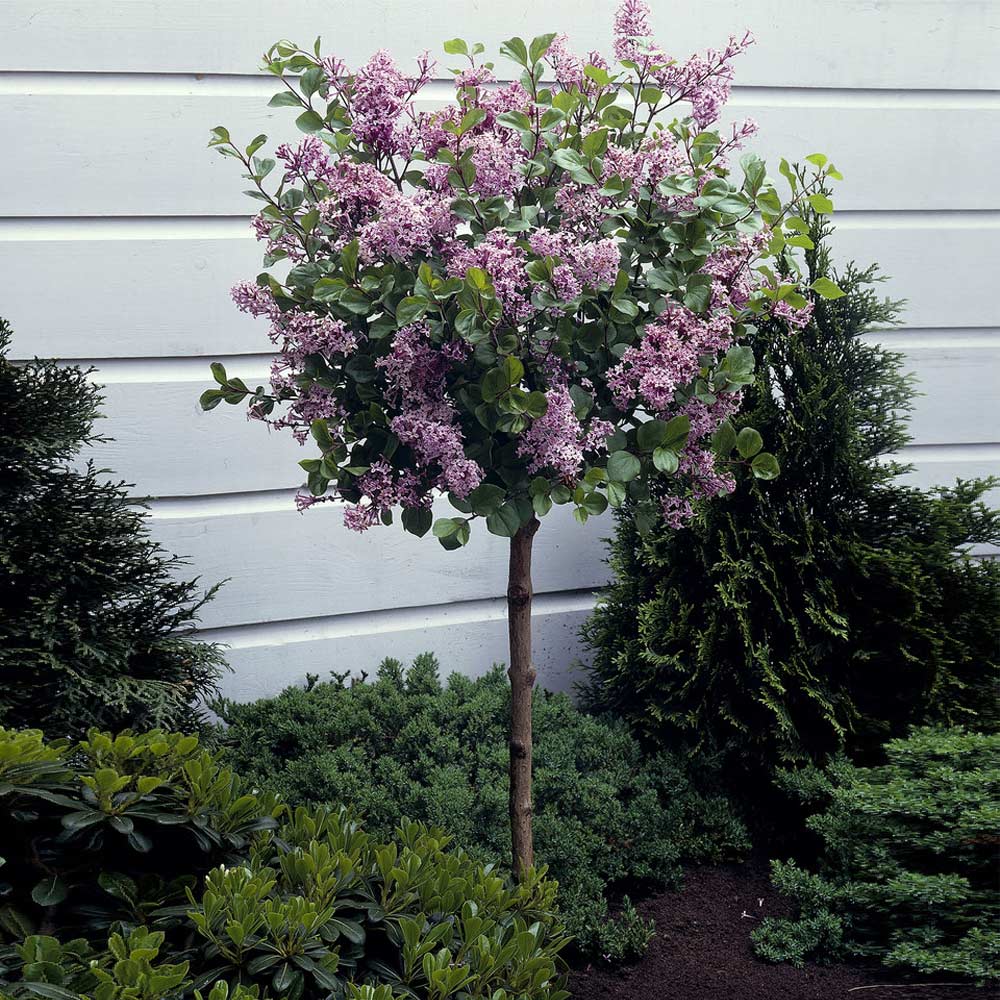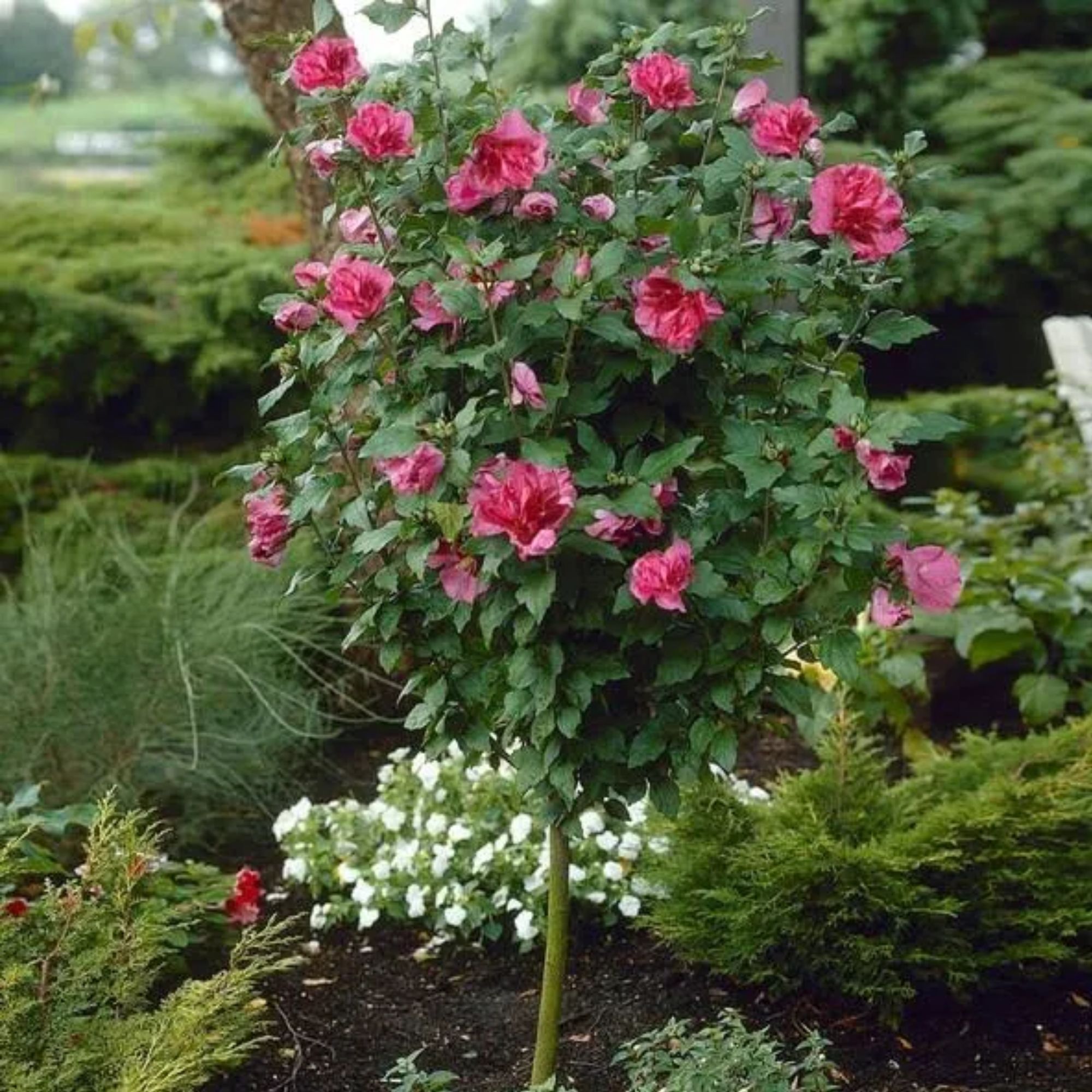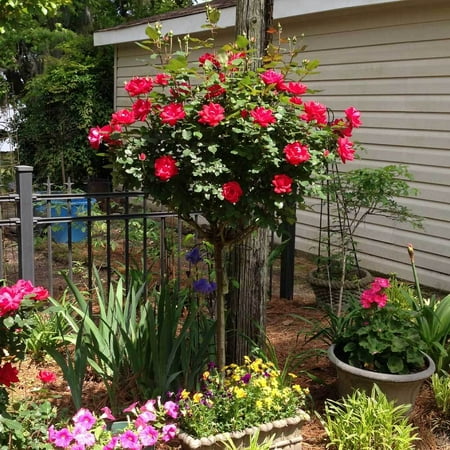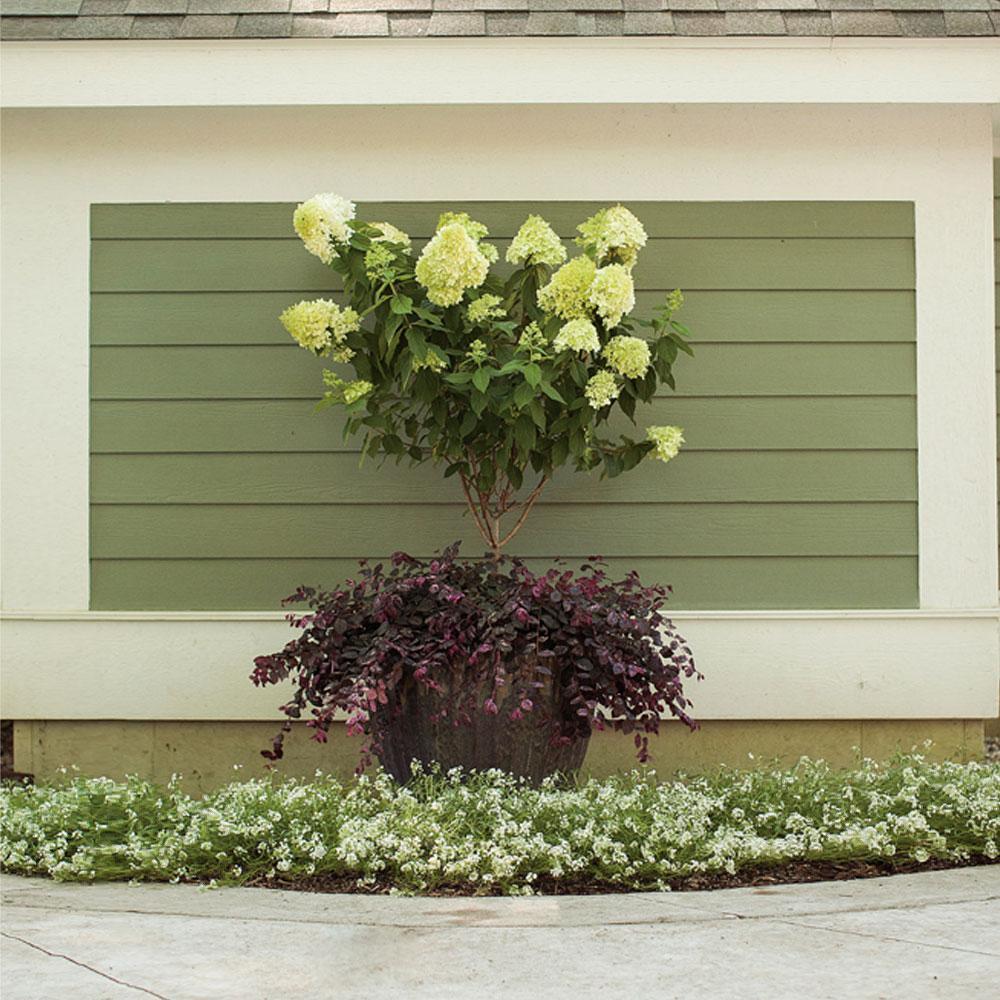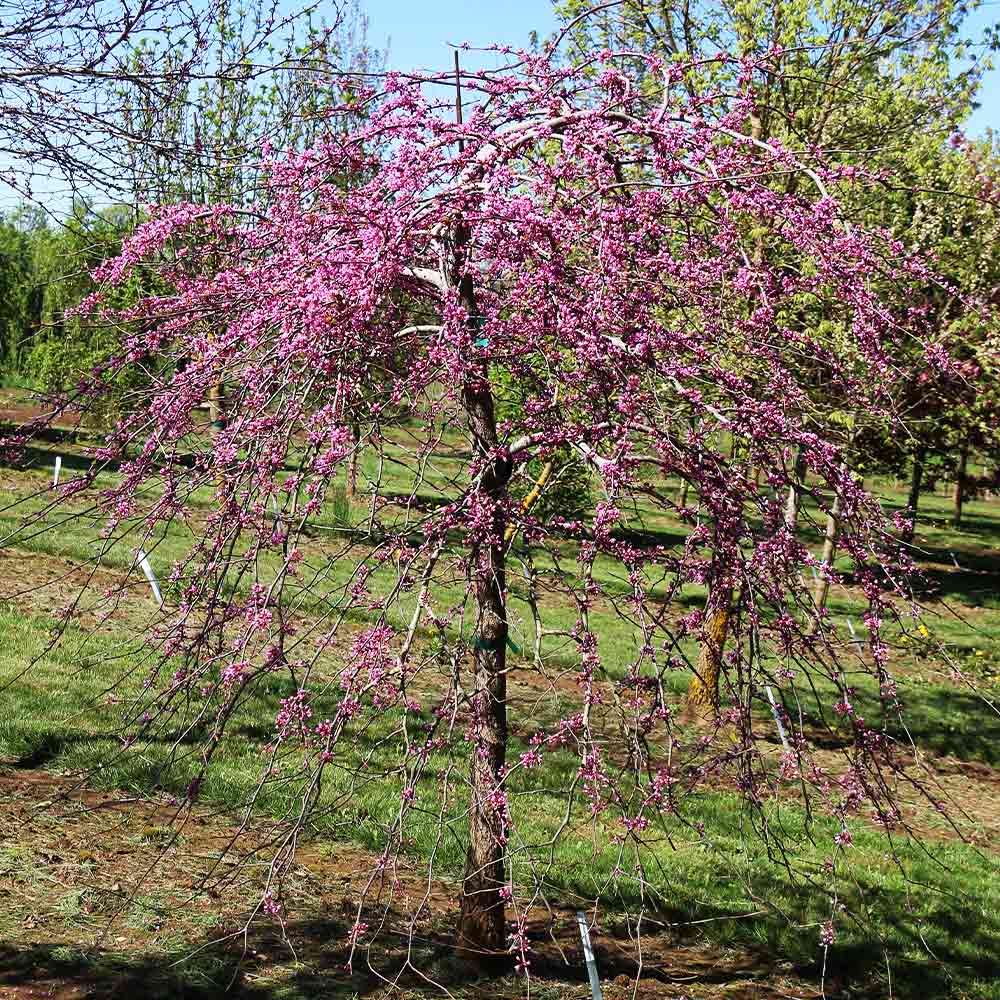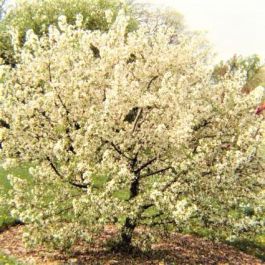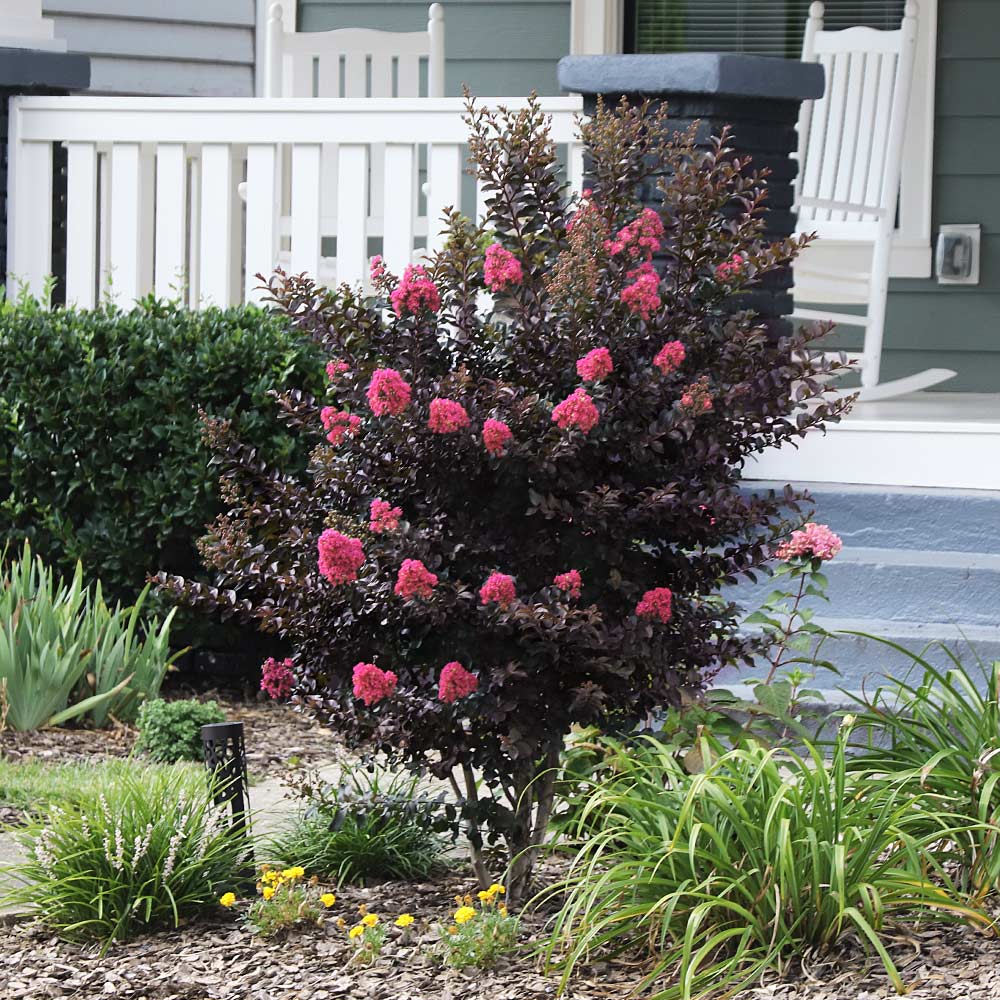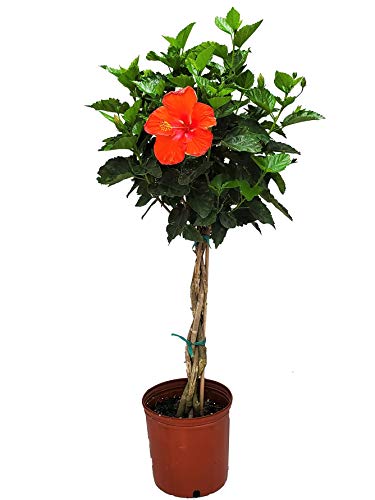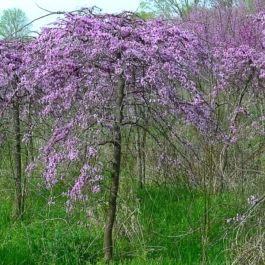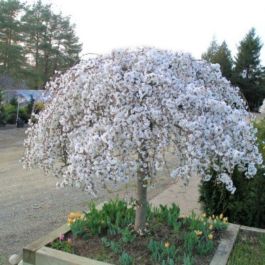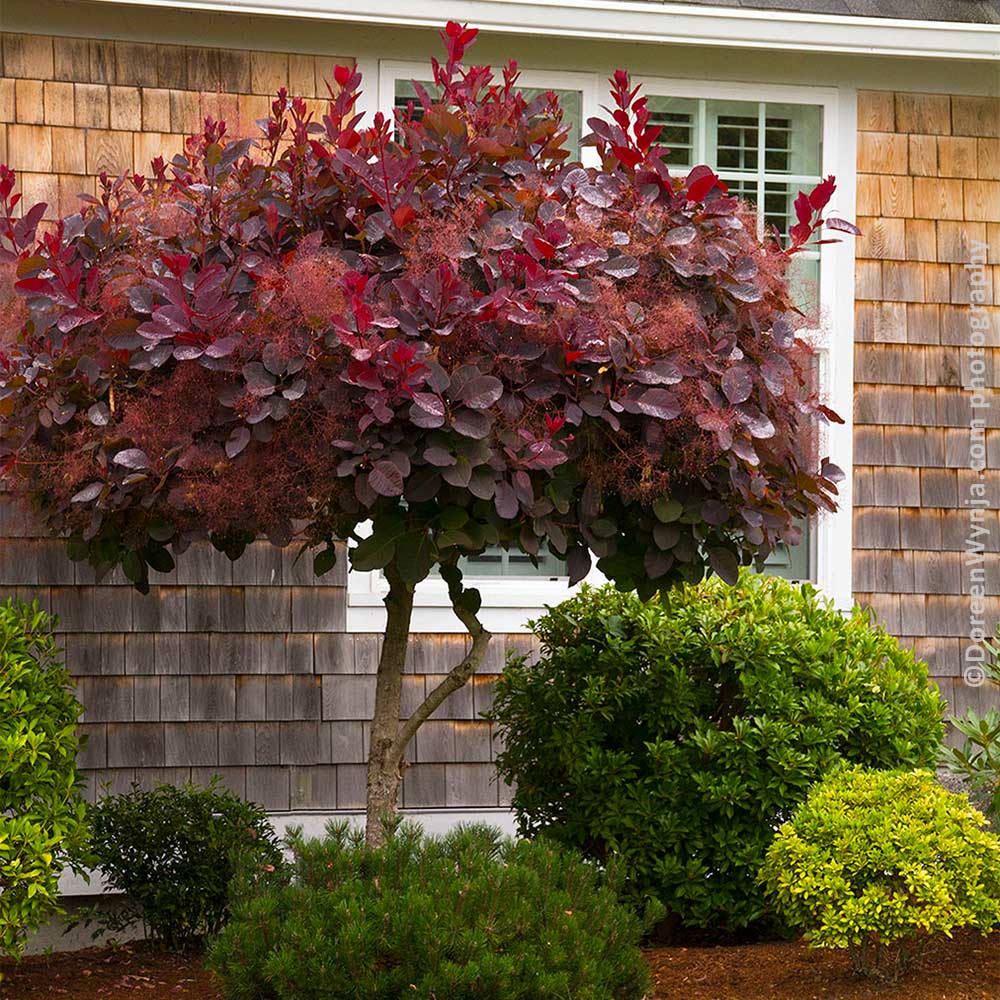11 of the Best "Dwarf Trees" That Make a Beautiful Centerpiece for Even the Smallest of Yards
Don't let a small yard get in the way of your landscape aspirations, take a look at which dwarf trees get the experts' seal of approval
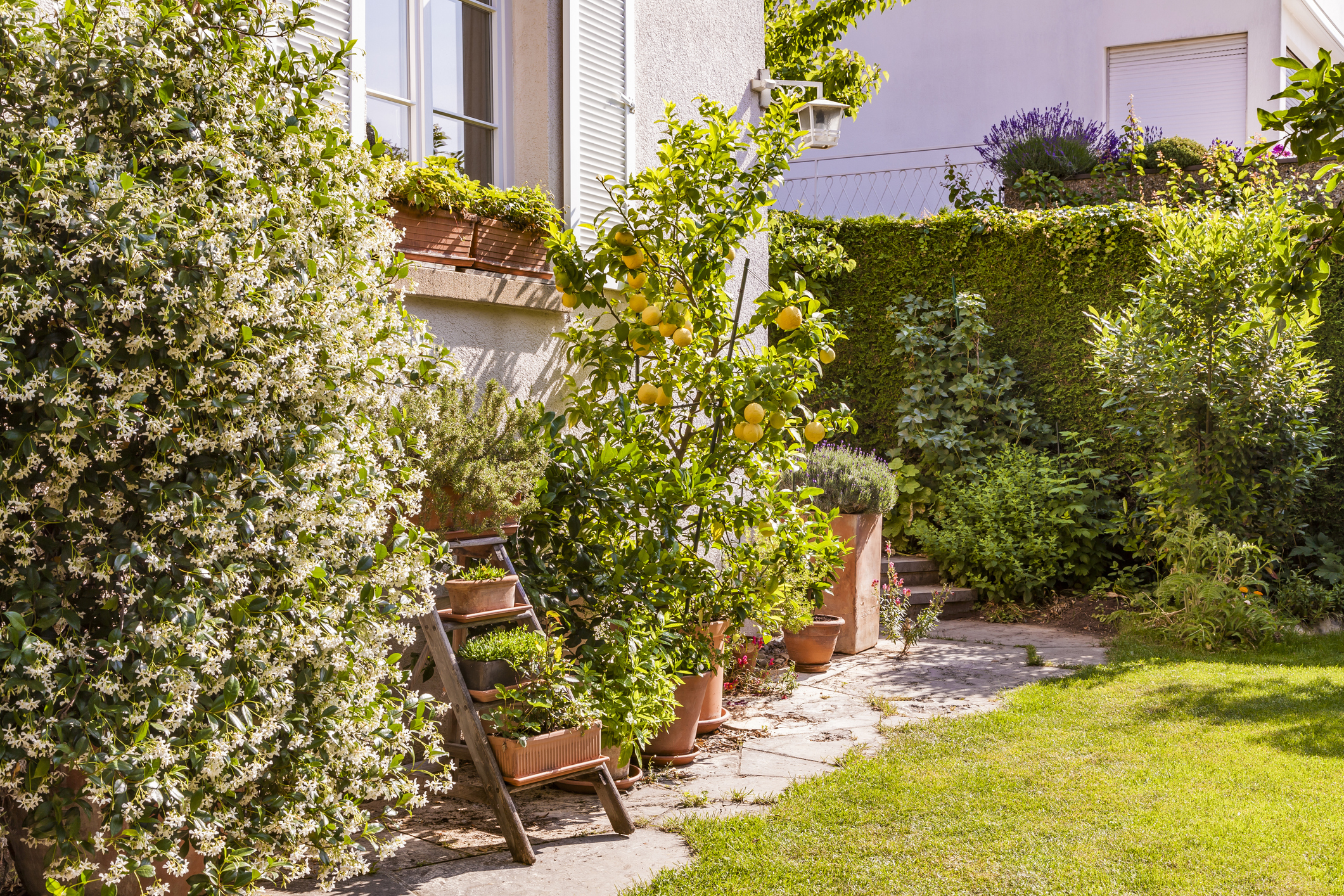
The blossoms are blooming, which can only mean one thing: I’ve got tree envy.
I’m seeing magnolia trees with their showy lotus-like flowers and cherry trees smothered in miniature blush-pink petals. I want a slice of the tree blossom action, but looking at my small backyard it’s just not going to happen… or is it?
Like many of us, I’m constantly battling my planting aspirations vs the reality of a small backyard. Trees are great for adding structure and focal-points to a yard, but when you’ve got limited real estate they can easily feel overbearing. Luckily, dwarf trees are here to save our landscaping dreams!
Naturally compact in their growing habits and designed with smaller footprints in mind, dwarf trees are ideal for adding height to smaller yards or even as smaller focal-points within larger-scale designs. But don’t just take it from us, the experts love them too and have revealed their favorite dwarf tree picks for yards and balconies of all shapes and sizes.
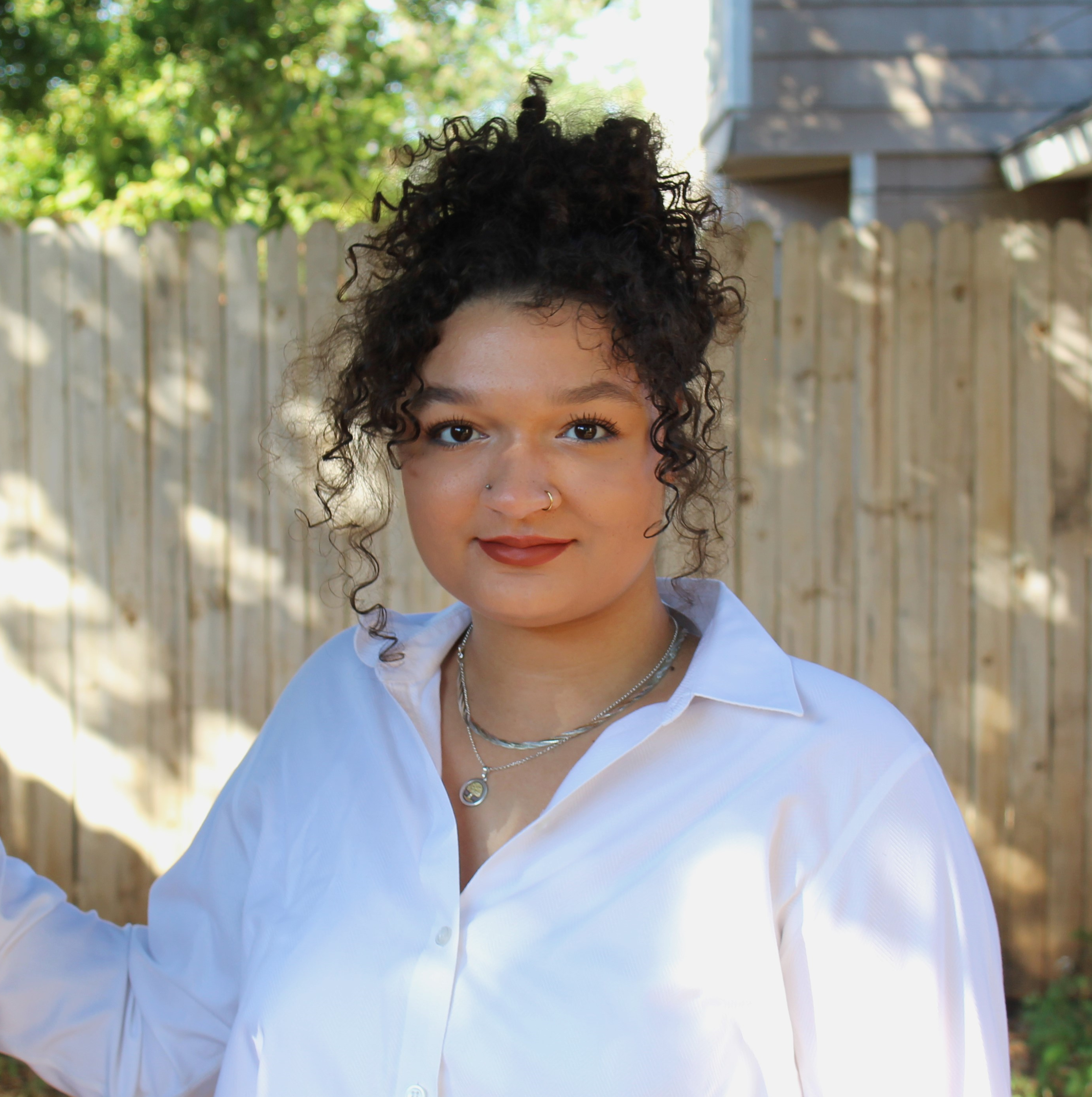
Based out of Central Texas, Sydni graduated from Texas State University with a degree in Geography Resources & Environmental Science and a minor in Horticulture . She has worked within various horticulture fields including organic composting, organic gardening, fine-gardening, and landscape design.
Where should you incorporate dwarf trees in a yard?
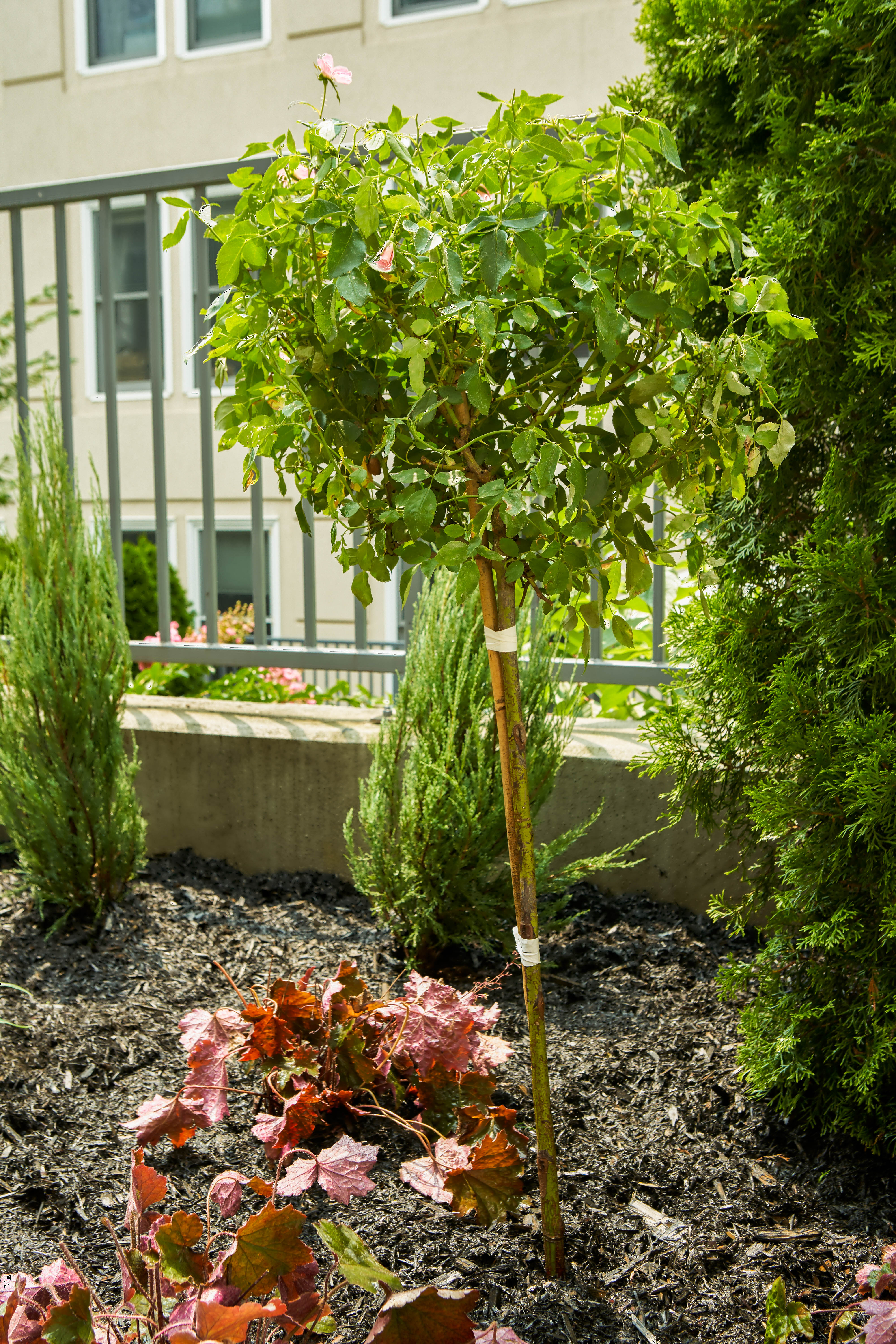
Looking to add dwarf trees to your yard design but don’t know where to begin? Plant expert Sydni D’Amico at Fast Growing Trees reckons it’s all about maximizing your focal points.
She advises ‘Since dwarf trees are compact, they make great additions to the foreground of landscape designs as focal points. Many dwarf trees have ornamental attributes such as flowers that make them the perfect eye-catching tree for your landscape such as the Dwarf Korean Lilac Tree or the Limelight Hydrangea Tree (both available from Fast Growing Trees).’
Of course, no design is complete without companion planting. Plants positioned under the trunk are a great opportunity to add texture, and low-growing perennials always get Sydni's vote.
'Low-growing perennials such as Sensational Lavender and Goldsturm Black-Eyed Susan make great complementary plants to dwarf trees when planted at the base of the tree. Dwarf trees also look great paired with grasses such as Carex Evergold (Japanese Sedge) or Mexican Feather Grass, the difference in foliage texture will add visual appeal to any garden.'
Can you grow dwarf trees in containers?
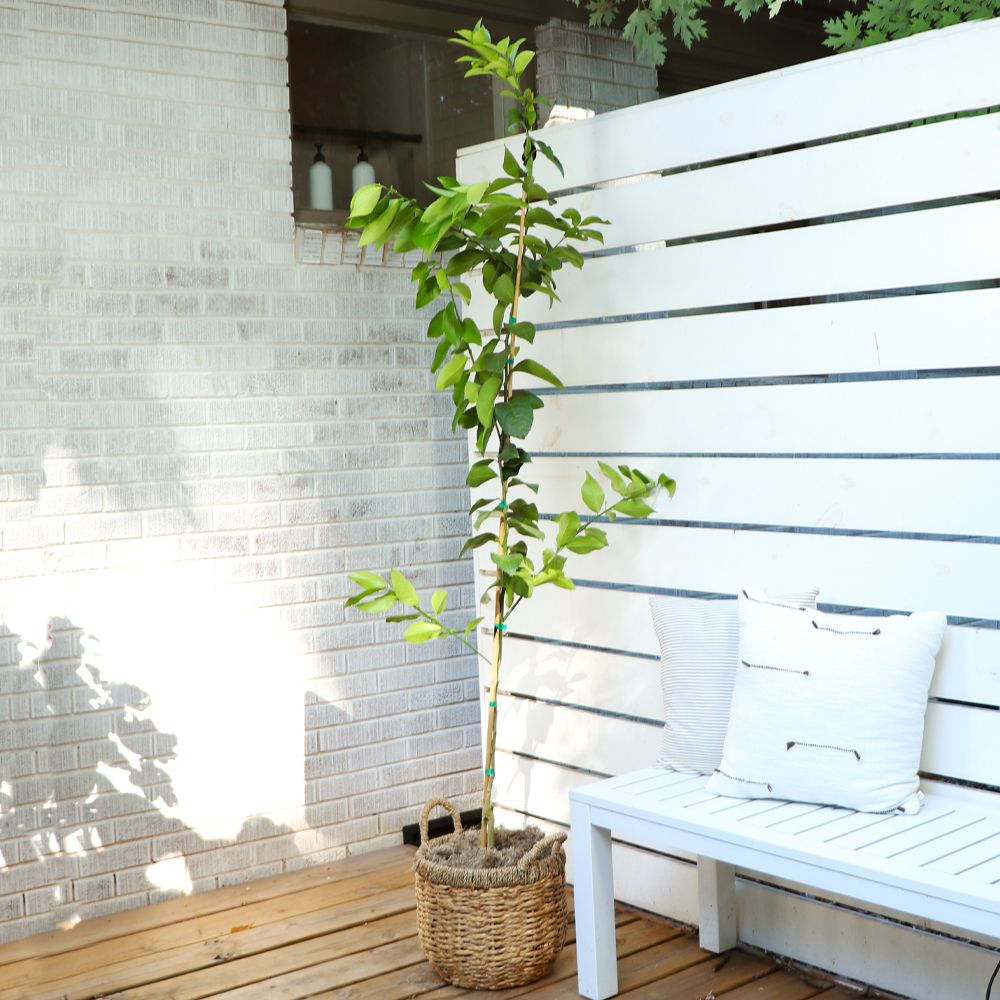
Though growing trees in containers might seem impractical, when it comes to dwarf varieties, they're actually among the best trees to grow in pots. Thanks to dwarf trees' easily adaptable root systems you can enjoy your miniature trees on balconies, patios, and even bring them with you to future yards.
Sydni explains ‘Since dwarf trees do not have invasive root systems, they are perfect for pots. You’ll want to slowly increase the pot size as the tree matures. A good rule of thumb is to repot your tree into the next size up when you start to notice the roots peeking out of the bottom drainage holes.’
For balconies, Sydni’s top dwarf tree pick isn’t what you might expect though. Usually seen climbing walls or as large feature shrubs, her top pick is a classic English rose.
'Flowering dwarf trees such as the Pink Knock Out Rose Tree from Fast Growing Trees will add a beautiful pop of color to liven up your balcony space, so you don’t have to miss out on dwarf trees even if you don’t have yard space,' Syndi adds.
Can you get dwarf fruit trees?
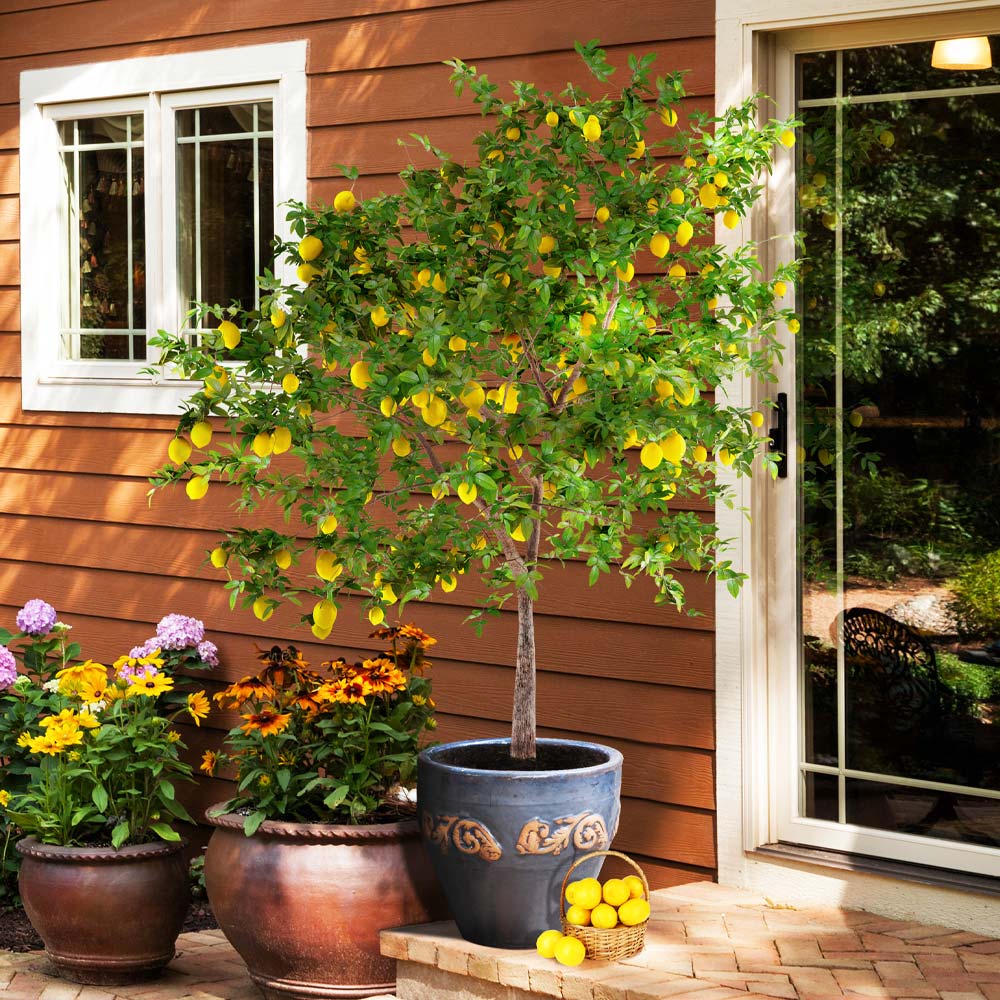
Everyone loves the satisfaction of growing your own fruit and veg, but the one inevitable downside to large fruit trees is the equally large harvest that comes with them. I mean, we all love figs, but do we love 40 figs in a week? Probably not.
In my opinion, this is where dwarf fruit trees truly excel and why they're often considered as easy fruit trees to grow. Not only do they diversify your fruit crops using the same space (who needs one large peach tree when you can have two smaller trees of different varieties?), but they also allow you to enjoy a more manageable harvest and reduce food waste.
'Fruit trees often come in dwarf varieties as they are much more manageable at a smaller size’ says Sydni. ‘Some of my favorite dwarf fruit trees include: The Bonfire Patio Peach Tree, Bonanza Patio Peach Tree, Meyer Lemon Tree, Key Lime Tree, Calamondin Tree, Celeste Fig Tree, Scarlet Sentinel Columnar Apple Tree, and Limequat Citrus Tree.’
How long will dwarf trees take to be fully grown?
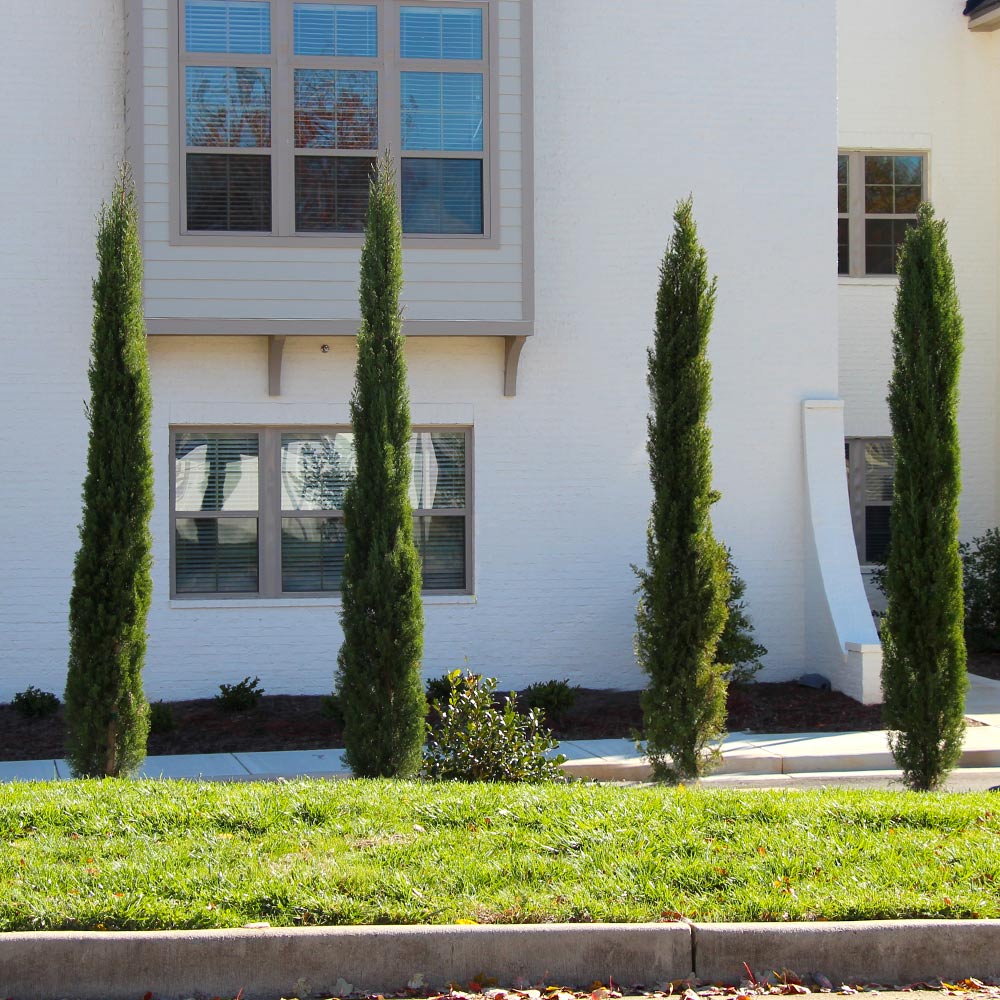
We all know gardening can be a lengthy labor of love, but sometimes we’re after quicker results, especially when starting from a bare yard! While larger trees can take decades to reach full maturity, dwarf trees are much speedier growers in comparison.
‘The growth rate of dwarf trees depends on the species of the tree,’ says plant expert Sydni. ‘However generally, since dwarf trees have a smaller mature height, they only take around 7 - 10 years to reach maturity.’
But let's be real, not all of us are prepared to wait years for results, so what's the fastest-growing dwarf tree? According to expert Sydni, the Meyer Lemon Tree!
She says 'Citrus dwarf trees, such as the Meyer Lemon Tree, are known for growing quickly, and can even grow up to 2 ft. per year!'
What are the best dwarf trees?
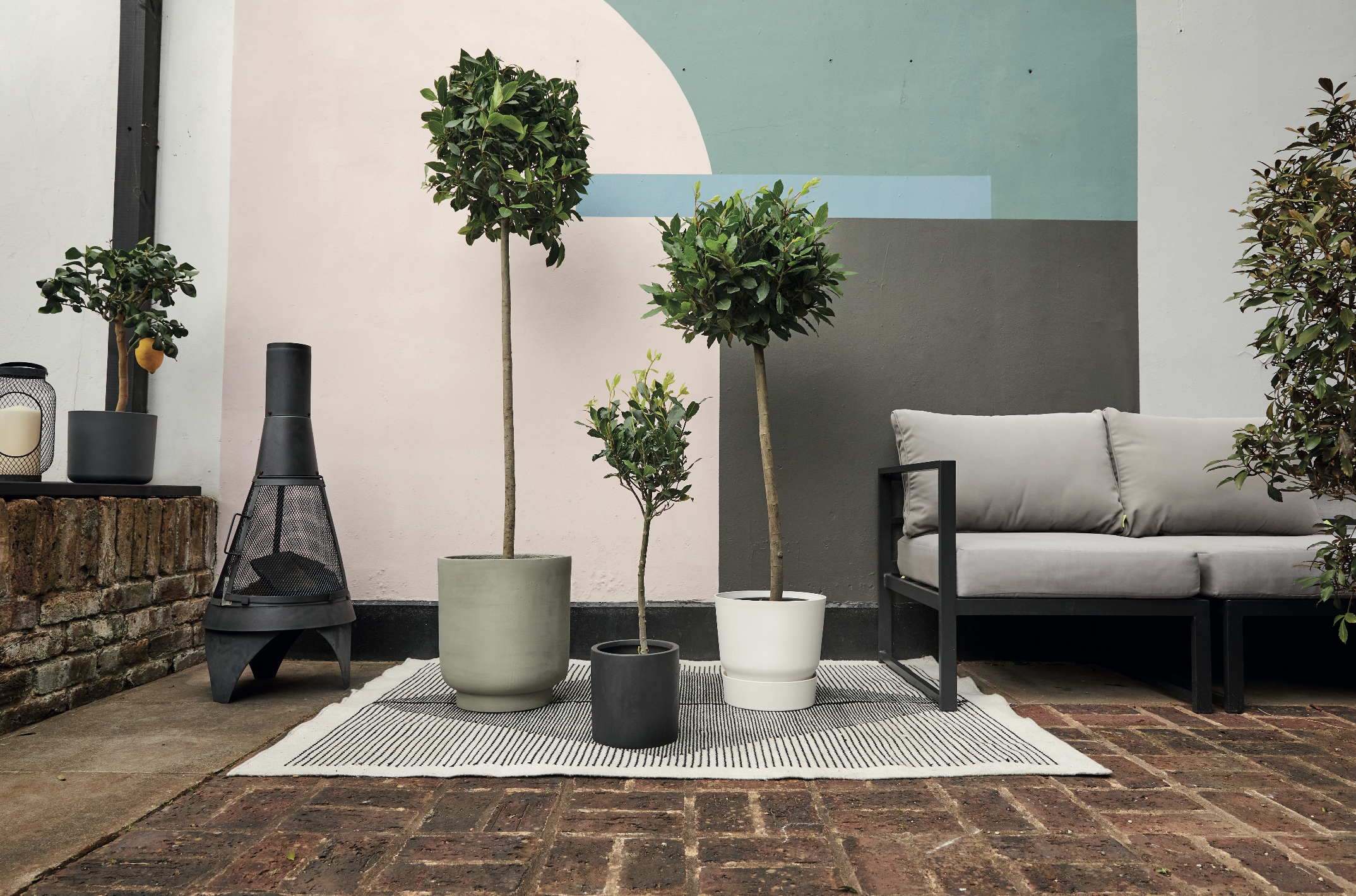
Be The First To Know
The Livingetc newsletters are your inside source for what’s shaping interiors now - and what’s next. Discover trend forecasts, smart style ideas, and curated shopping inspiration that brings design to life. Subscribe today and stay ahead of the curve.
Matilda Bourne is a freelance homes, gardens and food writer, stylist and photographer. Known for creating and capturing content for multiple international brands, her work has been featured in The Telegraph, The Daily Mail, and Hello! magazine. When she’s not writing, you can usually find her tending to her much-loved garden and scouring thrift stores for vintage furniture.
-
 The 'New British' Style? This Victorian London Home Embraces Its Owners' Global Background
The 'New British' Style? This Victorian London Home Embraces Its Owners' Global BackgroundWarm timber details, confident color pops, and an uninterrupted connection to the garden are the hallmarks of this relaxed yet design-forward family home
By Emma J Page
-
 Muji Living Room Ideas — 5 Ways to Harness The Calming Qualities of This Japanese Design Style
Muji Living Room Ideas — 5 Ways to Harness The Calming Qualities of This Japanese Design StyleInspired by Japanese "zen" principles, Muji living rooms are all about cultivating a calming, tranquil space that nourishes the soul
By Lilith Hudson
